In the intricate world of hermit crabs, few behaviors are as fascinating as their meticulous selection of shells. These creatures, which rely entirely on borrowed shells for protection, have evolved a remarkable ability to assess and choose dwellings that fit their bodies perfectly. Recent research has uncovered that this skill isn't purely instinctual - hermit crabs actually undergo what scientists are now calling "shell size matching training" throughout their lives.
On tropical shores worldwide, a constant shell exchange occurs as crabs grow and their needs change. What appears as random shell-swapping to casual observers is actually a complex process of assessment and learning. Juvenile crabs begin with tiny shells, often fragments no larger than a fingernail, and through trial and error, they develop an exquisite sense of what constitutes an ideal fit.
The learning process begins early. Young crabs that pick shells too large become vulnerable to predators as their soft abdomens remain partially exposed. Those that choose shells too small face restricted growth and mobility. Through repeated experiments, the crabs develop an internal measurement system that allows them to quickly assess potential new homes.
Marine biologists have documented how crabs use their claws as precise measuring tools. They'll tap and explore potential shells with their pincers, rotating them carefully to inspect the interior volume. This behavior becomes more refined with experience, suggesting that shell selection is indeed a learned skill rather than purely hardwired behavior.
Interestingly, hermit crabs appear to remember past shell experiences. Individuals that have suffered from poor shell choices in the past become more discerning in their future selections. This capacity for learning from experience indicates a level of cognitive processing that continues to surprise researchers studying these crustaceans.
Shell exchanges represent crucial learning opportunities. When multiple crabs gather to swap shells in what scientists call a "vacancy chain," younger crabs observe and sometimes interrupt the process to test shells for themselves. These social interactions appear to accelerate the learning curve, with crabs in populated areas developing shell assessment skills faster than isolated individuals.
The implications of this research extend beyond marine biology. Roboticists have studied hermit crab shell selection to improve autonomous object recognition systems. The crabs' efficient methods for assessing three-dimensional spaces and volumes offer insights for machine learning applications where rapid size matching is required.
Conservationists have also taken note. As ocean pollution reduces available shell stocks, understanding how crabs learn shell selection helps predict which populations might adapt better to changing conditions. Some crabs demonstrate remarkable flexibility, learning to use human-made objects as substitutes when natural shells are scarce, though these alternatives often prove less than ideal.
Ongoing studies are exploring whether different hermit crab species show varied learning capacities. Preliminary observations suggest that terrestrial hermit crabs, which face different environmental pressures than their marine cousins, may develop shell assessment skills through slightly different pathways. The comparison could reveal how ecological factors shape learning behaviors in invertebrates.
What began as simple curiosity about why hermit crabs change shells has blossomed into a rich field of study at the intersection of animal behavior, cognition, and evolutionary biology. These unassuming creatures continue to teach us that complex learning occurs in even the smallest brains, reshaping our understanding of intelligence in the animal kingdom.
Next time you spot a hermit crab on the beach, take a moment to appreciate the years of careful learning that went into choosing its mobile home. That perfect fit represents not just biological necessity, but hard-won crustacean wisdom accumulated one shell at a time.
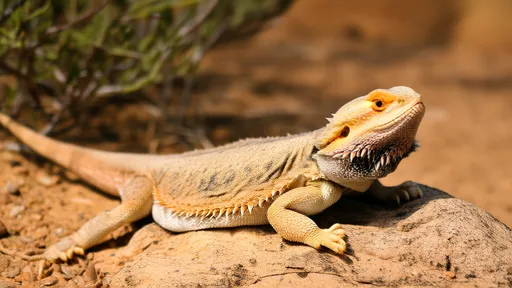
By /Jun 28, 2025
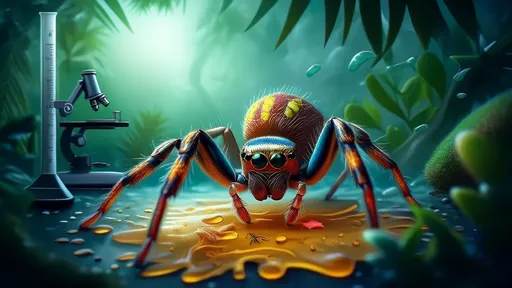
By /Jun 28, 2025
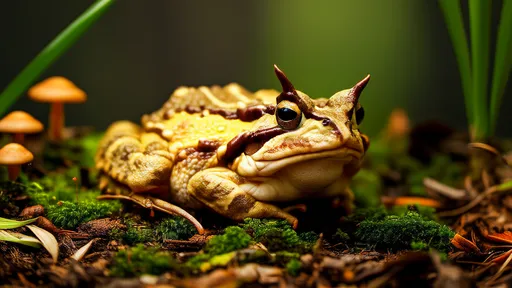
By /Jun 28, 2025
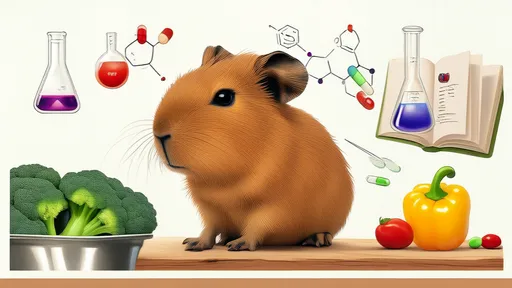
By /Jun 28, 2025
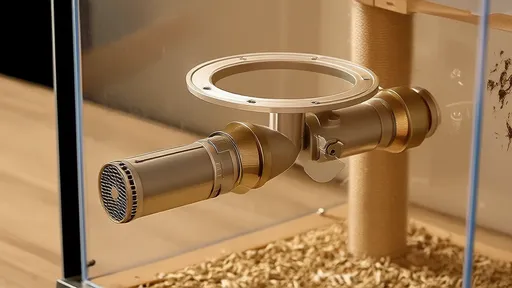
By /Jun 28, 2025
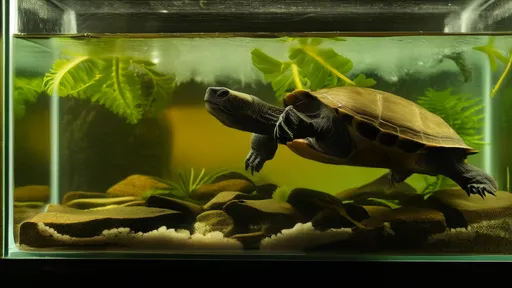
By /Jun 28, 2025
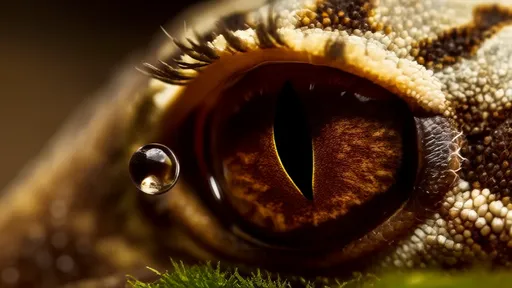
By /Jun 28, 2025
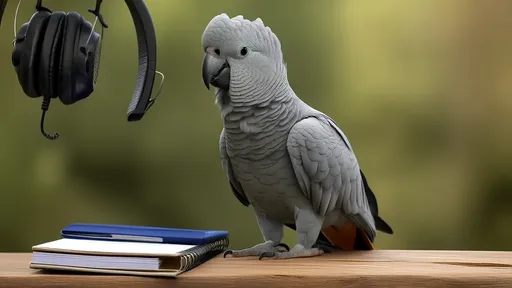
By /Jun 28, 2025
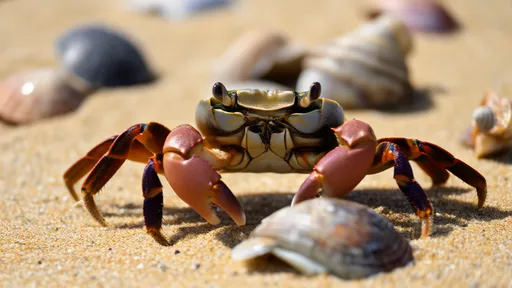
By /Jun 28, 2025
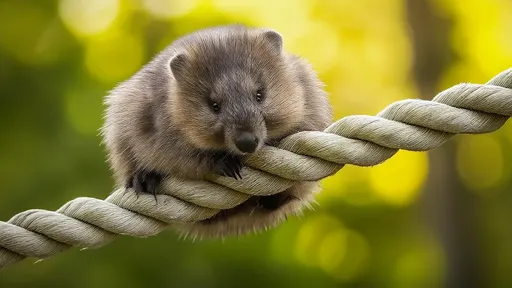
By /Jun 28, 2025
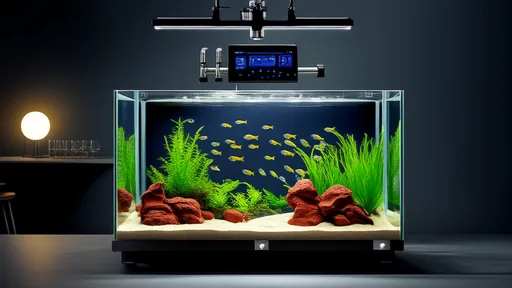
By /Jun 28, 2025
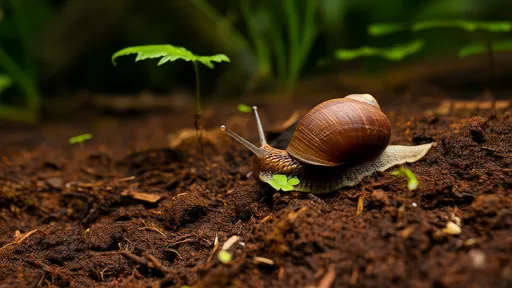
By /Jun 28, 2025
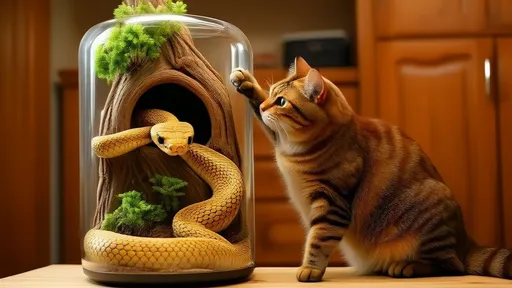
By /Jun 28, 2025
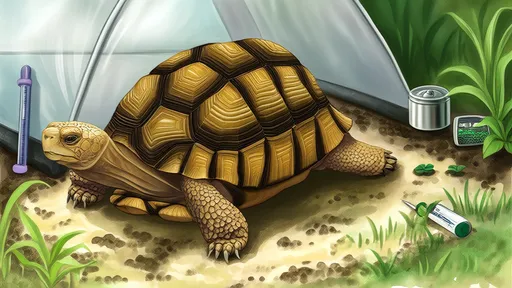
By /Jun 28, 2025
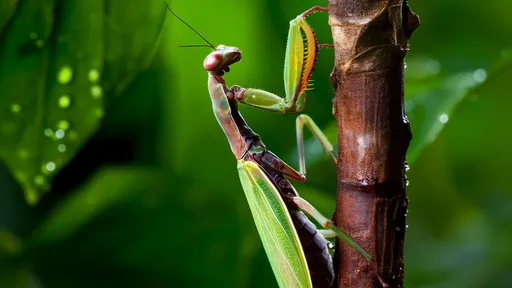
By /Jun 28, 2025
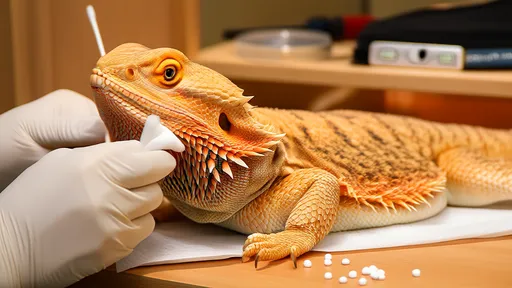
By /Jun 28, 2025
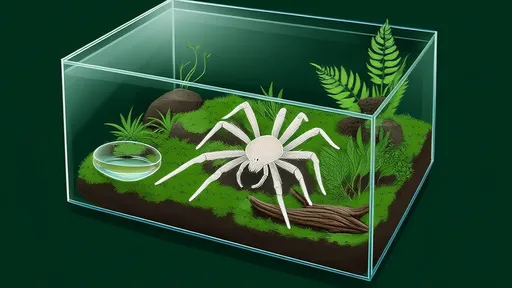
By /Jun 28, 2025